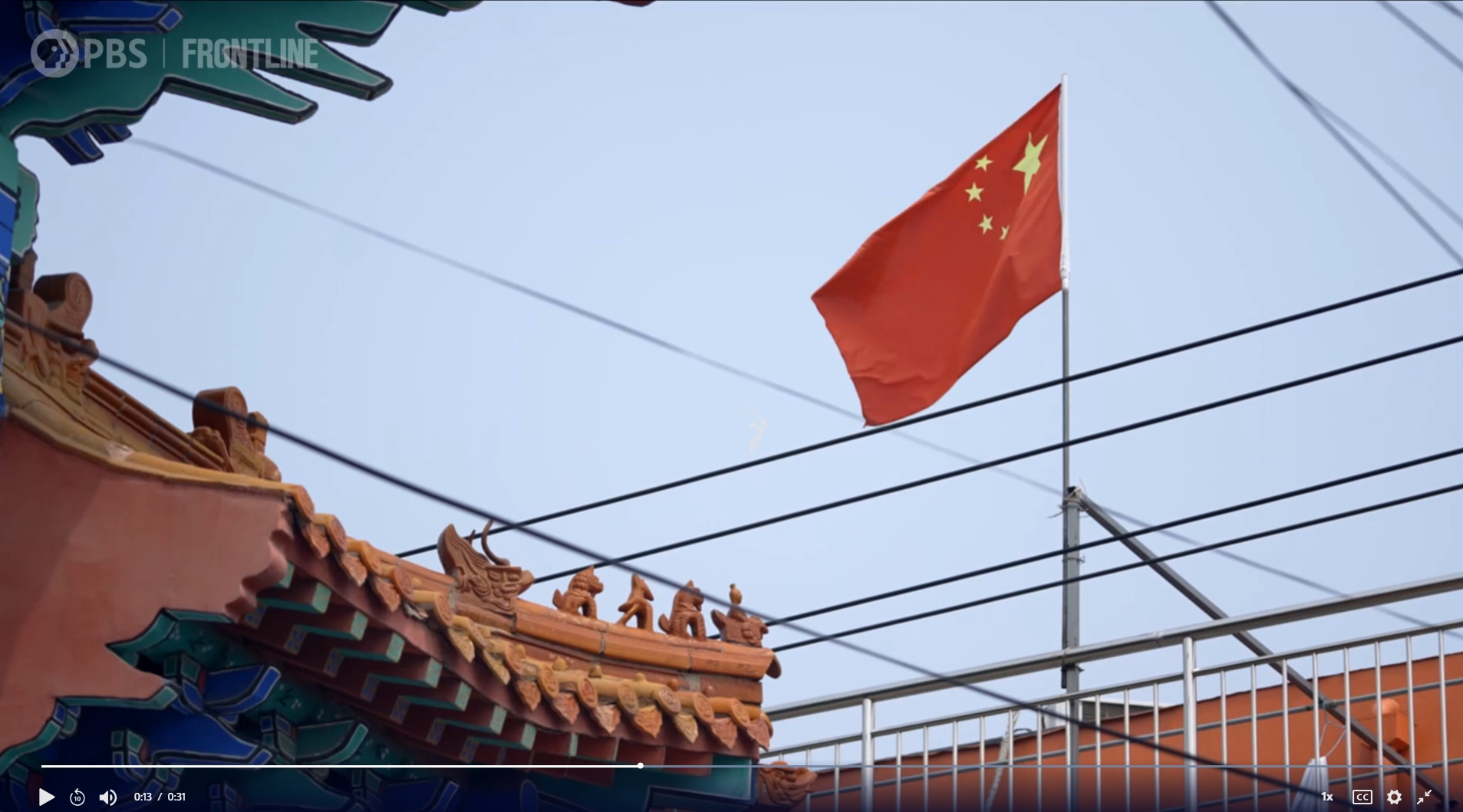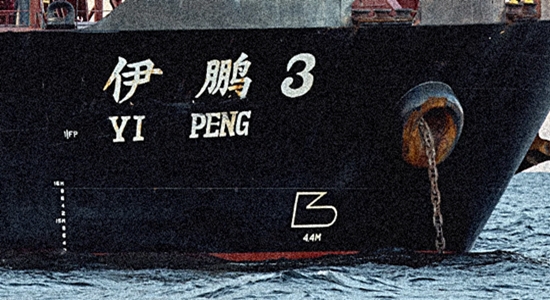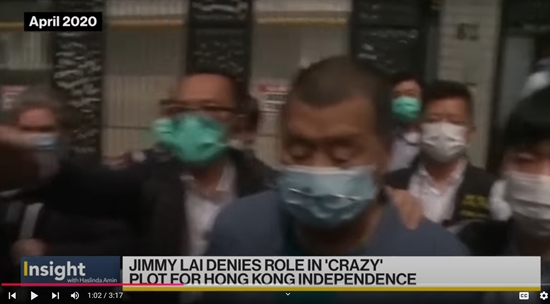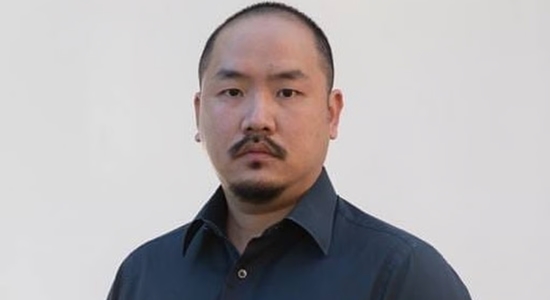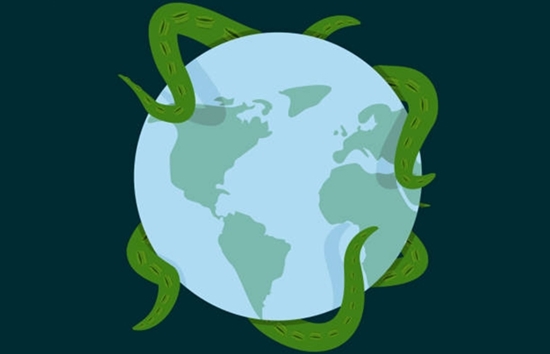
Xi Jinping, February 2016: “Wherever the readers are, wherever the viewers are, that is where propaganda reports must extend their tentacles.”
Sarah Cook, research analyst for Freedom House, begins her 2020 report on “The Expansion of Chinese Communist Party Media Influence since 2017” with a series of arresting examples that “have come to light over the past three years,” i.e., between 2017 and 2020:
A widely used digital television service in Kenya includes Chinese state television in its most affordable package while omitting international news outlets.
Portuguese television launches a prime-time “China Hour” featuring content from Chinese state media.
Chinese diplomats intimidate a cable executive in Washington, DC, to keep New Tang Dynasty Television (NTDTV), a station founded by Chinese Americans who practice Falun Gong, off the air.
And a partly Chinese-owned South African newspaper abruptly ends a writer’s column after he discusses repression in China’s Xinjiang region.
The examples (accompanied by citations and links in Cook’s report) illustrate how the Chinese Communist Party’s influence on media “in the form of censorship, propaganda, and control over content-delivery systems” extend beyond China to encompass the globe.
The author considers the goals of CCP global media efforts, its methods of promoting its own propaganda and suppressing criticism, the impact of Xi Jinping on these efforts, how successful they have been, and how governments and others have responded “to the challenges to press freedom and democratic governance posed by the covert, corrupt, and coercive aspects of the CCP’s transnational media influence.”
As of 2020, things were not looking good:
The CCP’s efforts have had a clear impact on the ground. China’s image and Xi’s own profile have improved in key parts of the world. Coverage of the potential downsides of China’s foreign investments has been stifled in some countries. And Chinese state media content reaches hundreds of millions of television viewers, radio listeners, and social media users abroad, in many cases without transparency as to its origins….
There are certainly limits to Beijing’s influence…. Moreover, as societies gain awareness of the CCP’s activities and their potential long-term costs, more governments, journalists, technology companies, and civic activists are responding with initiatives to increase transparency, diversify funding sources, and protect media freedom. Many of these projects have scored successes, effectively countering some of the problematic dimensions of Beijing’s media influence campaigns.
Nevertheless, the fact remains that an economically powerful authoritarian state is rapidly expanding its influence over media production and dissemination channels around the world.
In 2022, Cook concluded in a follow-up report that the CCP had continued to expand its “global media footprint” and was using “more sophisticated and coercive tactics” to promote its lies (“narratives”) and suppress criticism, and that private and governmental countering of these efforts had enjoyed only uneven success. It doesn’t help when Western democracies or quasi-democracies emulate the CCP.
Also see:
StopTheChinazis.org: “Bribed to Deliver Chinese Propaganda”
“Exactly how hard is it to find western journalists, actors, or puppets to read whatever script the China Global Television Network hands them?”
The Diplomat: “How China’s Propaganda Infiltrated Radio Stations in Europe”
“China has consistently and systematically pursued the dissemination of its narratives on the global stage…. These endeavors [include] the acquisition of media enterprises, active engagement by Chinese ambassadors in both mainstream and fringe media outlets, the utilization of paid supplements, collaboration with pro-Kremlin media, and the steadily expanding presence of China across various social media platforms.”
The Sidney Morning Herald: “China paid this Australian influencer. He was told to pick a fight with Mack Horton”
“Dismissed by critics last decade as a naive, cantankerous novelty, Gulasi and a handful of Western social media stars were the first batch of content creators to ride a wave of Chinese nationalism that made them divisive at home and popular in Beijing.”
